
Center for Interstellar Catalysis
Department of Physics and Astronomy (IFA)
Aarhus University
Ny Munkegade Build. 1520
DK-8000 Aarhus C
Office: 1520-326
Phone: +45 8715 5584
Email: amc@phys.au.dk
Principal Investigator for a Villum Experiment Grant 1 Jan '25 - 31 Dec '27
"Molecular Motions in Frozen Water"
1.9 million DKK
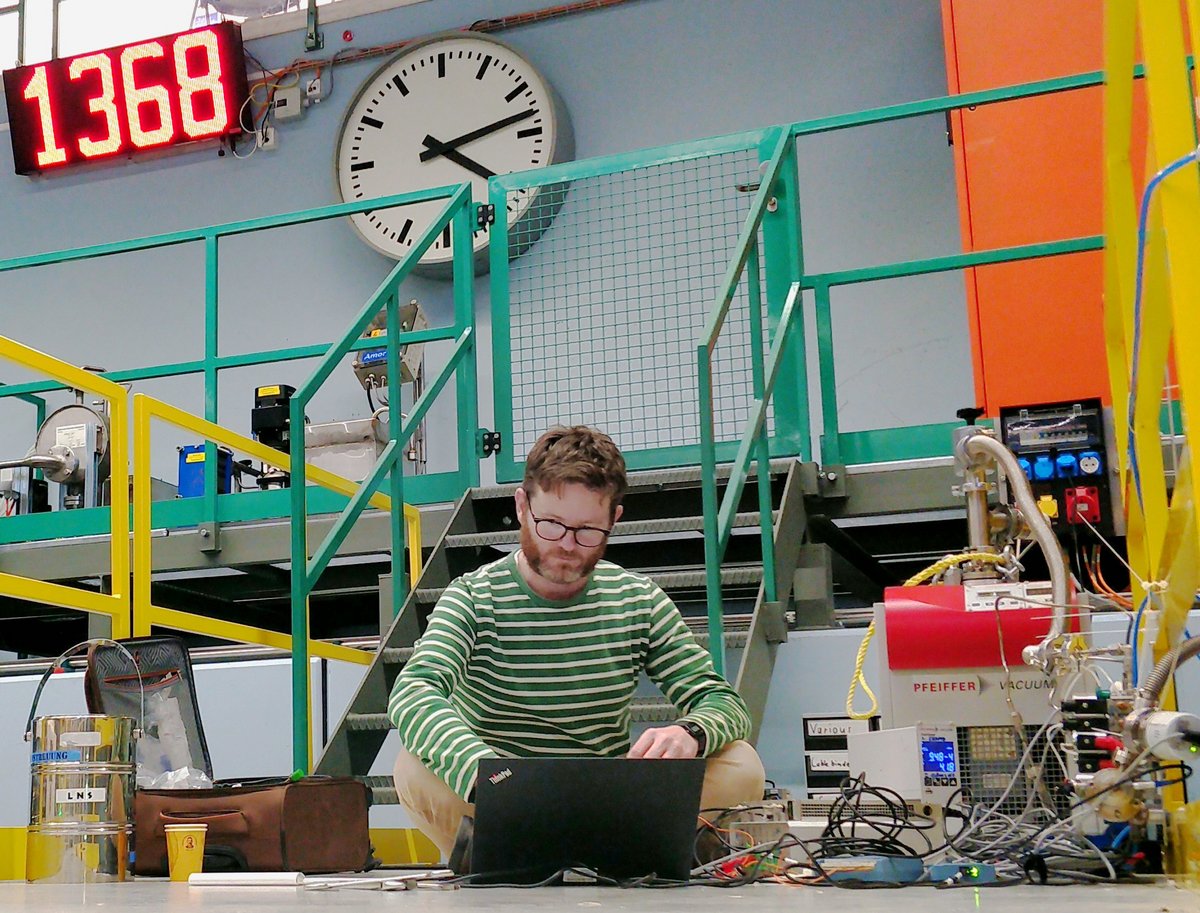
This work was supported by a research grant (VIL70175) from VILLUM FONDEN.
Molecular diffusion in glassy materials is notoriously difficult to measure in the laboratory because glasses are thought to age on geological timescales. This is as true for condensed water films in the interstellar medium as it is for degradation of the active ingredients in amorphous pharmaceutical products. Quantifying diffusion in glassy molecular materials would have far reaching consequences.
We are convinced that the recent discovery of spontaneously-generated electric fields in condensed molecular films will allow us to quantify the rate of diffusion in these deeply supercooled glasses, and we will start with water ice.
Measuring diffusion in water ice would change our understanding of how chemical reactions can happen in space but would also demonstrate the means to synthesis better, more stable, glassy molecular solids like pharmaceuticals and molecular electronics.
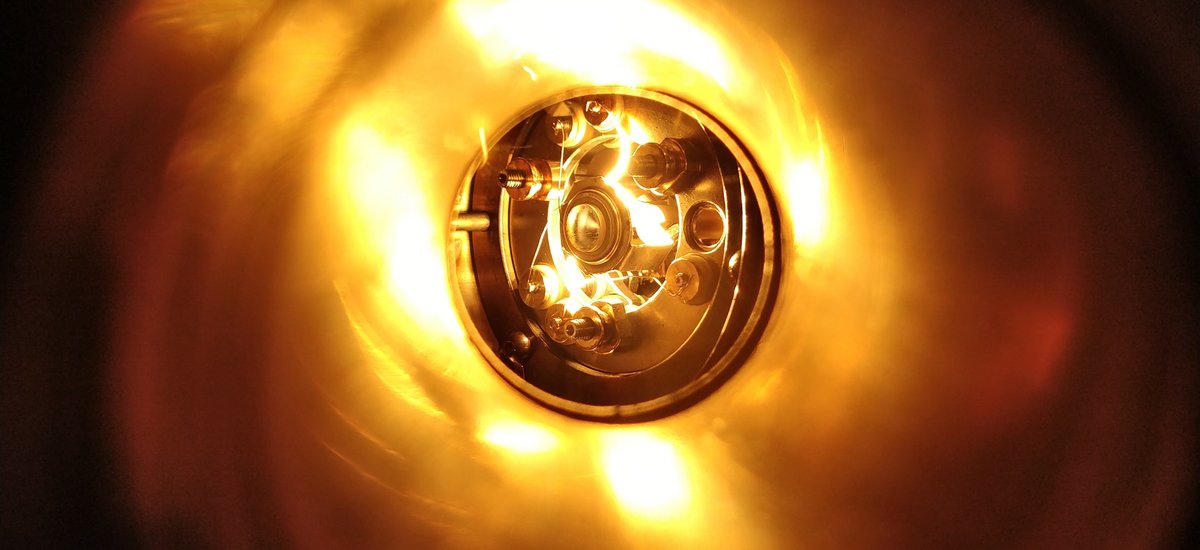
We use 3He spin-echo quasi-inelastic scattering to probe the microscopic mechanisms responsible for the diffusion of isolated water molecules on graphene-covered and bare Ir(111). The scattering of He atoms provides a non-invasive and highly surface-sensitive means to measure the rate at which absorbates move around on a substrate at very low coverage.
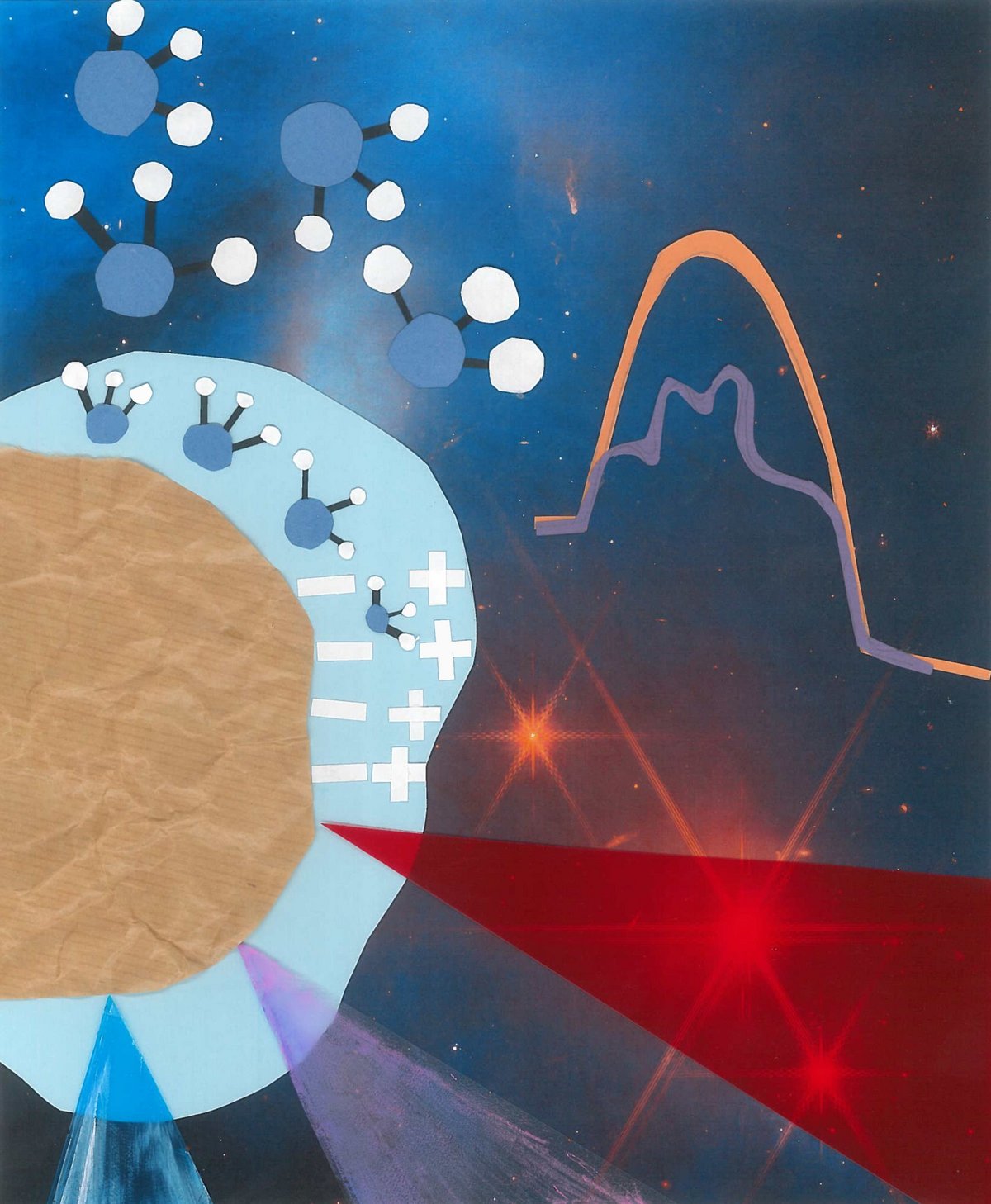
We present a review of our research into spontanesouly polarized molecular materials. This account details observations of the spontaneous electric fields in molecular solids, provide insights into the dynamics and structure of molecular materials that the emergence of these electric fields can facilitate, and presents a dipole-alignment based mean-field model that reproduces the temperature dependence of the electric field strength.
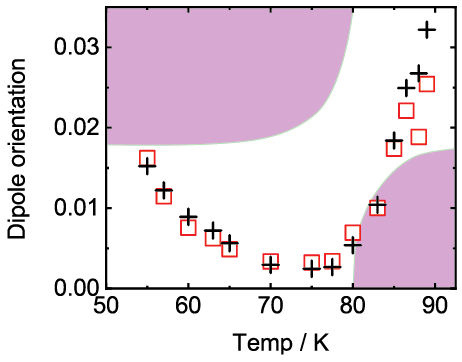
Films of dipolar molecules formed by physical vapor deposition are, in general, spontaneously polarized, with implications ranging from electron transfer in molecular optoelectronic devices to the properties of astrochemical ices in the interstellar medium. Polarization arises from dipole orientation, which should intuitively decrease with increasing deposition temperature, T. However, it is experimentally found that minimum or maximum values in polarization vs T may be observed for cis-methyl formate, 1-propanol, and ammonia. A continuous analytic form of polarization vs T is developed, which has the property that it is not differentiable at all T. The minima and maxima in polarization vs T are marked by singularities in the differential of this analytic form. This exotic behavior is presently unique to films of dipolar species and has not been reported, for example, in the related magnetic phases of spin glasses.
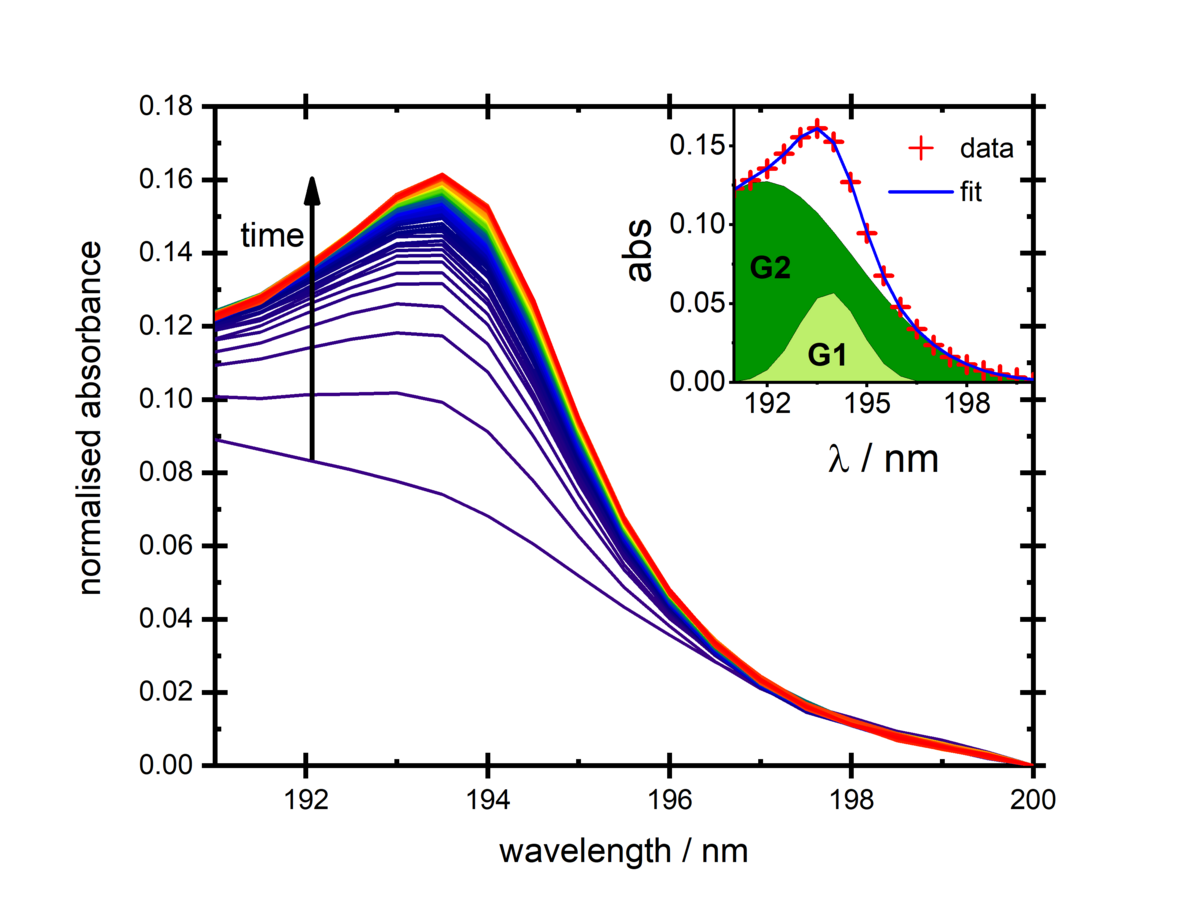
We trace a polymorphic phase change in solid ammonia films through the emergence of a Frenkel exciton at 194.4 nm, for deposition temperatures of 48 K, 50 K and 52 K. Observations on a timescale of hours give unparalleled access to the individual processes of nucleation and the phase change itself.
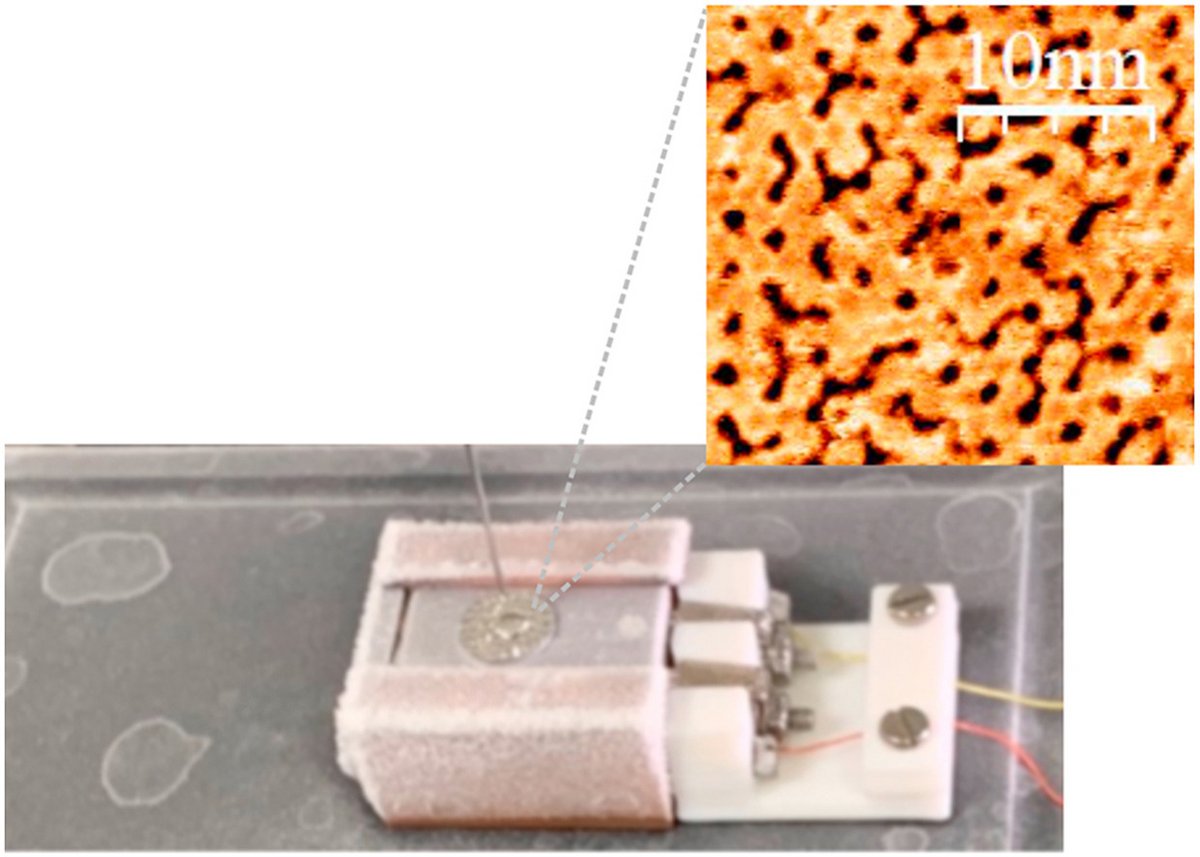
We compare the performance of a layer of graphene on Ir(111) and a layer of graphene oxide on Ir(111) in preventing ice formation. Graphene oxide has a lower freezing onset temperature than graphene and is suggested as a better deicing material. We use STM and XPS to investigate the interaction between water and the graphene layers.
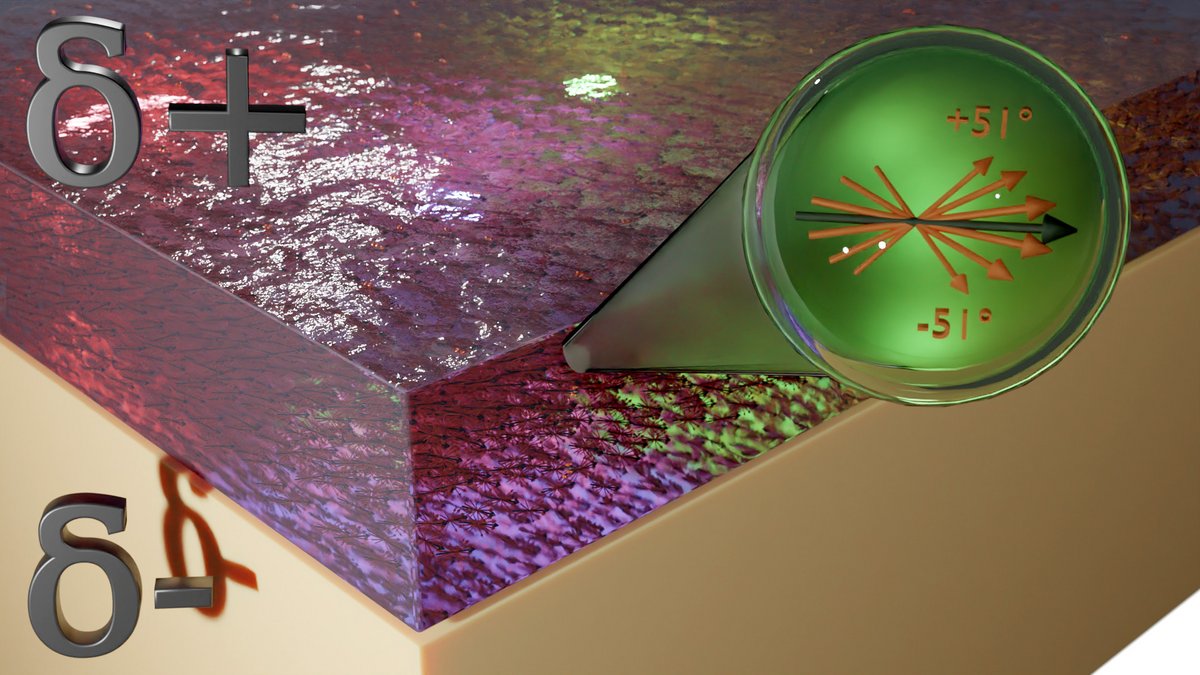
The spontaneously generated electric field in a molecular glass, decays with time at deeply supercooled temperatures. Here, we fit the rate of decay with a model to extract the activation barrier to molecular rotation, as the glass ages.
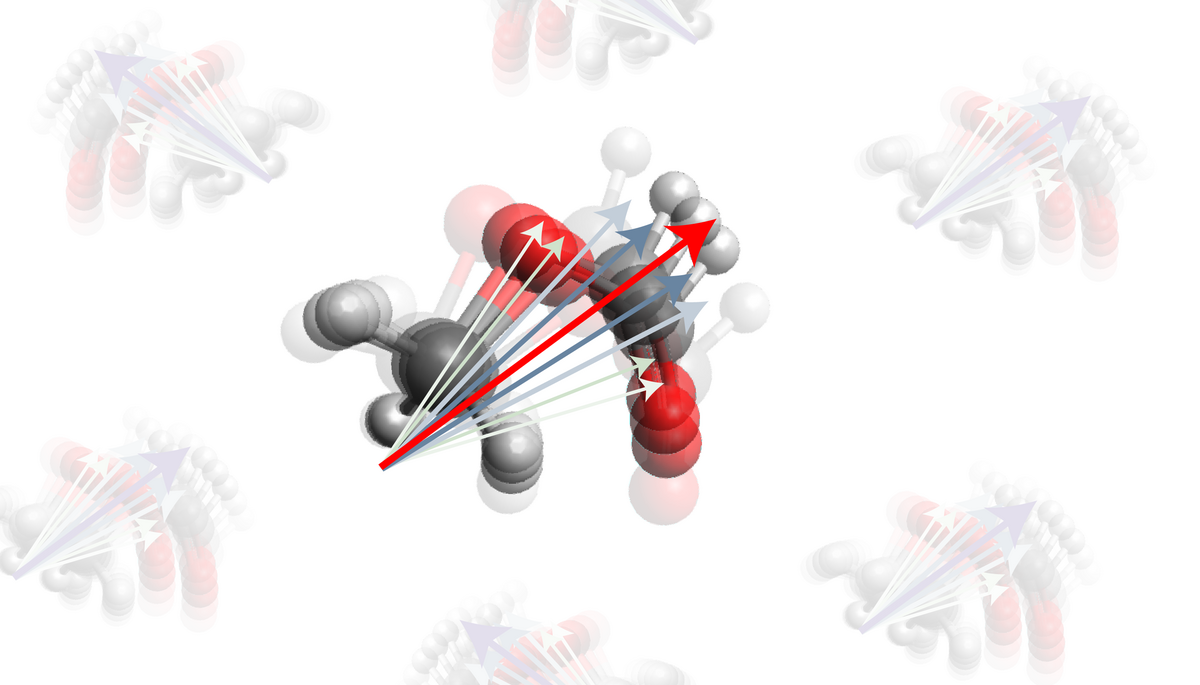
A molecular glass spontaneously polarises upon growth. The temporal decay of this polarization is directly related to the rotation of molecular dipoles and we use this to track an ageing pathway in a deeply supercooled glassy solid.

Graphene oxide on Ir(111) has a lower freezing onset temperature than pristine graphene on Ir(111).

What do we mean when we describe a film of vacuum-deposited material as amorphous and what by crystalline? In this study of spontaneously electrical solid ammonia, we show that the so-called “amorphous” phase, prepared between 20–50 K, is a crystalline material composed of crystallites containing >64 molecules. More broadly, we introduce a technique to quantify the size of crystallites in nanoscale films.
Proceedings of the International Astronomical Union, 15(S350), 390-391
Corrosion Science Volume 152, 15 May 2019, Pages 1-9
A low temperature, molecular polymerisation recipe generates a graphene coating on an industrial alloy and prevents substrate degradation. The coating reduces corrosion current by two orders of magnitude in acidic conditions.
We present a review discussing the use of graphene as a corrosion prevention technology. Corrosion, the degradation of metals and alloys by chemical and/or electrochemical means, is a great challenge to society, its industries and its citizens, both in terms of economics, safety and health.
J. Phys.: Condens. Matter 31 085001
We demonstrate a procedure for obtaining a H-intercalated graphene layer that is found to be chemically decoupled from the underlying metal substrate.
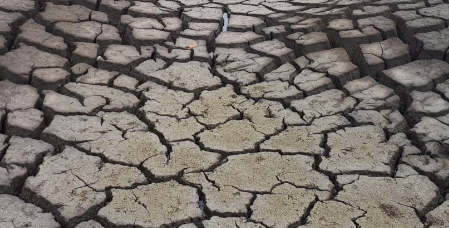
Mud flats, Fejø, Denmark: a 2D representation of defect-free regions in a molecular crystal that can support Wannier–Mott excitons.
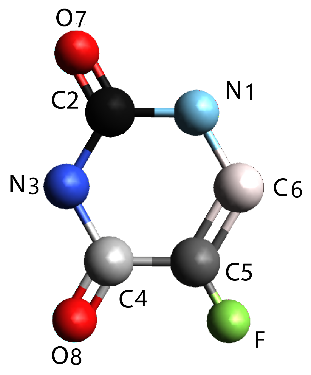
The adsorption of 5-Fluorouracil (5FU) on Au(111) and Cu(111) surfaces as a function of molecular coverage and temperature has been studied, using x-ray photoelectron spectroscopy (XPS) and near-edge x-ray absorption fine structure (NEXAFS) spectroscopy.
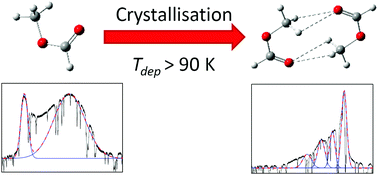
Guided by the spontelectric behaviour of thin films of cis-methyl formate, infrared observations and computational investigations reveal the dimer structural motif of the crystalline solid.
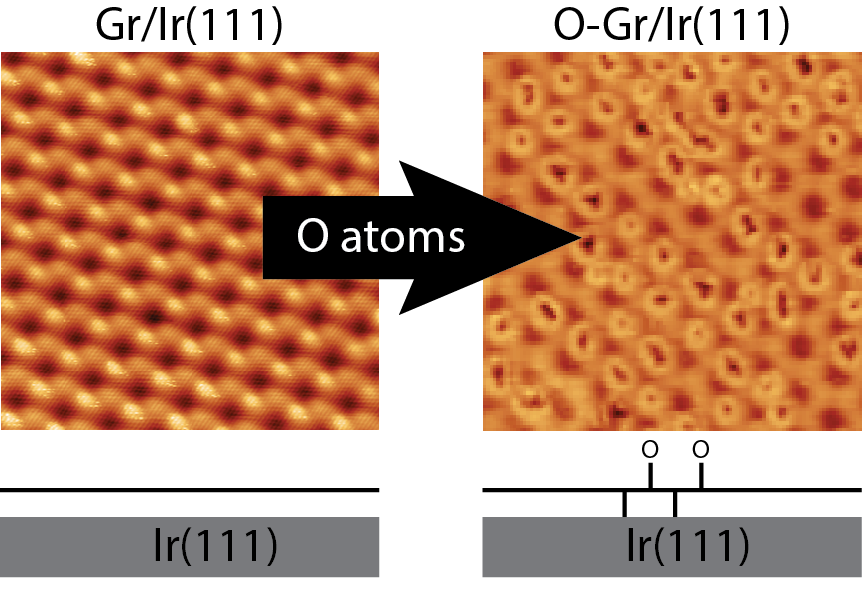
O atoms selectivley bind at one type of site on the graphene basal plane, creating a long-range patterned distribution of graphene oxide nano-islands.
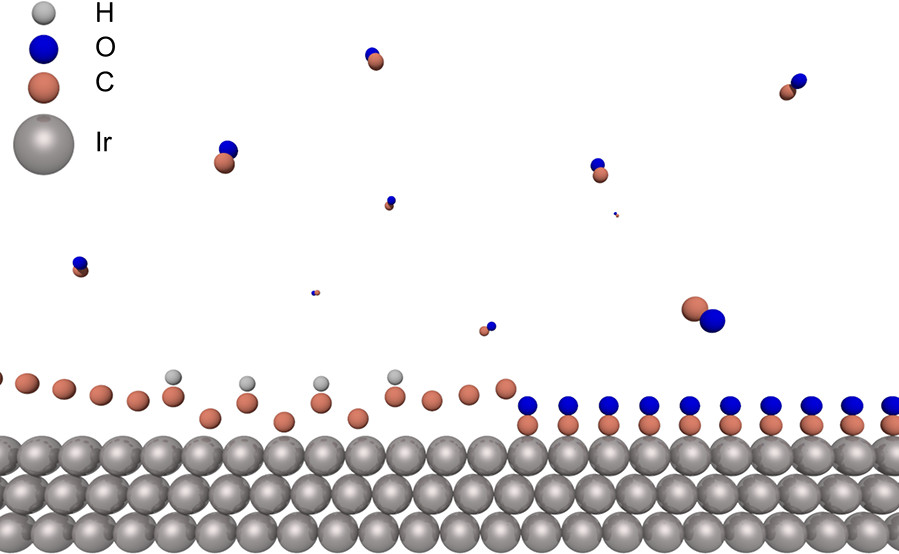
Increased interactions at the graphene–metal interface yield an effective prevention of intercalation of foreign species below the graphene cover.
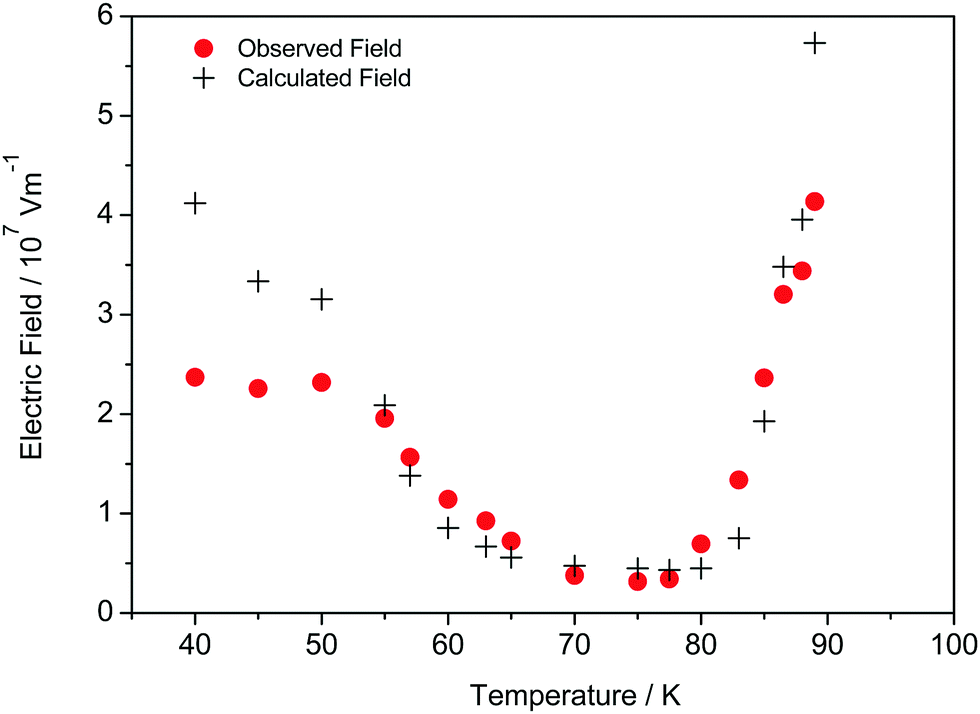
We show that solids displaying spontaneous dipole orientation possess quite general non-local and non-linear characteristics expressed through their internal electric fields.
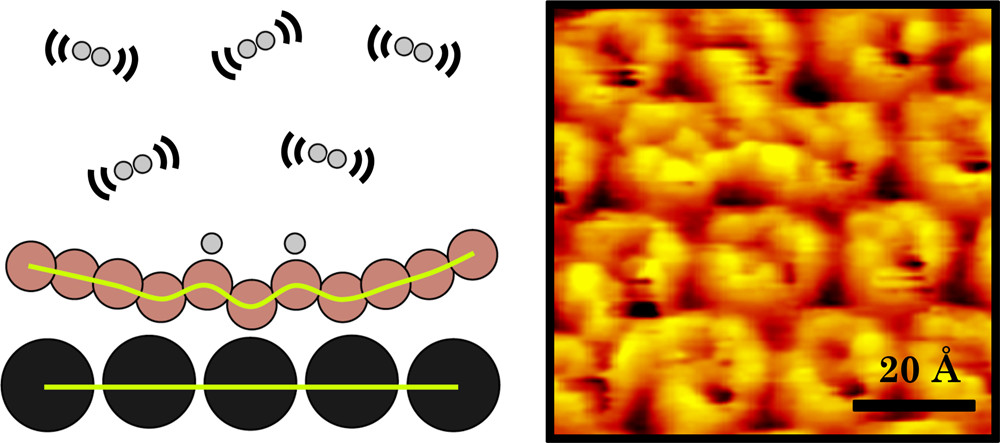
Hydrogen functionalization of graphene by exposure to vibrationally excited H2 molecules is investigated by combined scanning tunneling microscopy, high-resolution electron energy loss spectroscopy, X-ray photoelectron spectroscopy measurements, and density functional theory calculations.